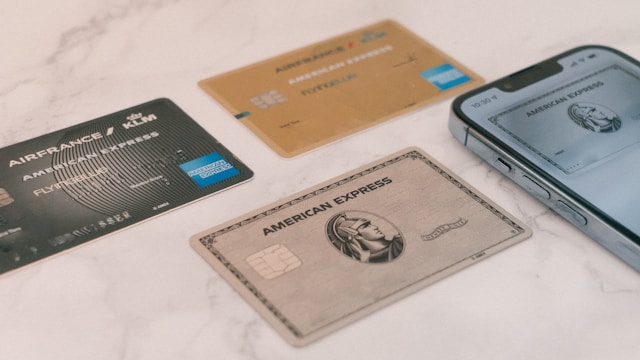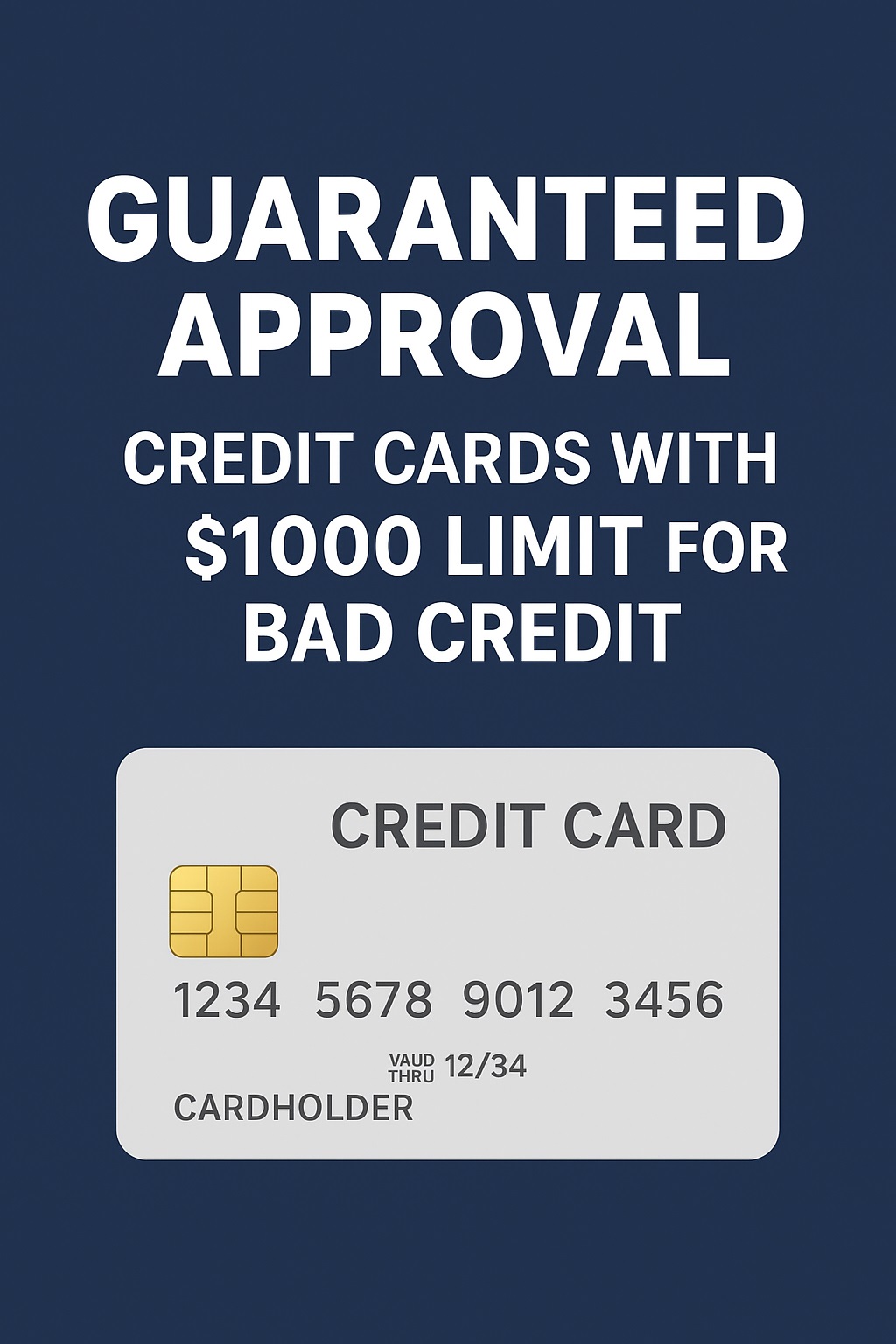Credit card debt can feel overwhelming, even when it’s just $1,000. But don’t worry! With the right approach, paying it off can be easier than you think. You might even find that tackling this challenge empowers you to stay debt-free in the future. In this article, we’ll go over eight practical steps that can help you eliminate that $1K credit card debt efficiently and smartly.
1. Understand Your Debt Situation
Before you can tackle any debt, it’s essential to get a clear picture of what you’re dealing with. Take a few minutes to review your credit card statement. Look at the interest rate, minimum payment, and any fees associated with late payments. This will help you understand how much of your payment goes toward interest and how much pays down the principal.
By knowing the exact details of your debt, you can make a more informed plan. This is the first step in turning your debt from an intimidating number into a manageable task.
2. Create a Realistic Budget
A budget isn’t just about cutting back; it’s about giving every dollar a purpose. To pay off your $1,000 debt, you’ll need to figure out where you can free up some cash each month. Start by listing your income and expenses.
Here’s where you can make it personal. Maybe you can brew your own coffee instead of hitting that daily coffee shop, or skip a few takeout meals and cook at home. Small sacrifices can make a huge difference. The idea isn’t to deprive yourself but to realign your priorities.
Once you’ve got a clear budget, set aside a specific amount each month for debt repayment. Consistency is key here.
3. Pay More Than the Minimum
If you’re only making the minimum payment, much of that money is going towards interest. Paying extra, even just $20 or $50 more, can speed up the debt repayment process significantly. This also reduces the amount of interest you’ll owe over time, saving you money in the long run.
Imagine how much faster that $1,000 debt can disappear when you’re tackling it head-on, instead of letting it drag out with minimal payments. Every extra dollar counts and gets you one step closer to freedom from credit card debt.
4. Consider the Debt Snowball or Debt Avalanche Methods
There are two popular strategies for paying off debt:
- Debt Snowball Method: Focus on paying off your smallest debt first. Once it’s paid off, you move to the next smallest, gaining momentum as you go. This method is great for those who are motivated by quick wins.
- Debt Avalanche Method: Prioritize the debt with the highest interest rate. This method saves you more on interest over time but may take longer to see visible progress.
With just $1K in credit card debt, you might already be near the finish line. Whether you choose snowball or avalanche, the key is committing to the strategy that keeps you motivated.
5. Cut Unnecessary Expenses
When paying off debt, every little bit helps. If you’re serious about getting rid of that $1,000, take a hard look at your spending. Are there monthly subscriptions you forgot about? Cancel any services you’re not using, and redirect that money towards your credit card balance.
Consider swapping out expensive hobbies or entertainment for free or low-cost alternatives. Instead of dining out every weekend, you could host a potluck with friends or try free events in your community. It doesn’t mean you have to give up all the fun, but shifting some priorities can really fast-track your debt repayment.
6. Find Ways to Earn Extra Income
Increasing your income can give you more breathing room to pay off that $1,000 credit card debt. Even a small side gig can make a huge impact on how quickly you’re able to pay it down.
Some easy options include:
- Freelancing in your area of expertise
- Selling unwanted items online (clothes, gadgets, etc.)
- Taking on part-time or gig economy work like driving for Uber, DoorDash, or delivering groceries
The beauty of this approach is that you’re not just relying on cutting back but adding more money to your budget to speed up your debt repayment process.
7. Use Balance Transfer Credit Cards (If Possible)
If your credit score is in good standing, you might qualify for a balance transfer credit card. These cards typically offer low or 0% interest rates for an introductory period, allowing you to transfer your existing balance and avoid paying high interest while you pay it down.
However, keep a couple of things in mind:
- Ensure you can pay off the balance before the introductory period ends (usually 12-18 months), or you’ll face high interest rates afterward.
- Watch out for transfer fees, which are usually around 3-5% of the amount transferred.
This option can be a smart move, but only if you’re committed to staying disciplined and focused on paying down the debt within the introductory period.
8. Celebrate Milestones and Stay Motivated
Paying off debt doesn’t have to be all doom and gloom. Celebrate small victories along the way. When you hit certain milestones, like paying off your first $100 or reaching the halfway point, reward yourself with something small—something that won’t put you back into debt, of course!
Remember, the emotional burden of debt can sometimes be just as heavy as the financial one. By celebrating each step forward, you’ll feel a sense of accomplishment and stay motivated to finish what you started.
Final Thoughts
Paying off $1,000 in credit card debt might feel like a daunting task at first, but it’s more than manageable with the right plan in place. By taking actionable steps—understanding your debt, creating a budget, paying more than the minimum, adopting a strategy like the snowball or avalanche method, cutting unnecessary expenses, earning extra income, considering balance transfers, and staying motivated—you’ll be debt-free sooner than you think.
Now that you’ve got the tools to pay off that $1,000, the next step is action. Start today. By this time next year, you could be looking at a zero balance and a brighter financial future.



